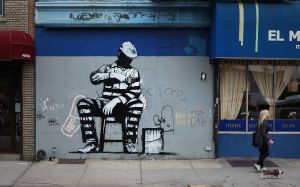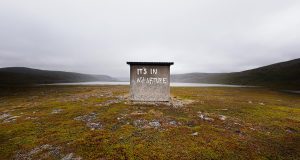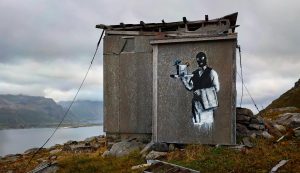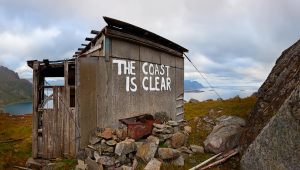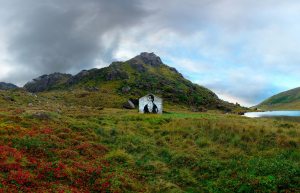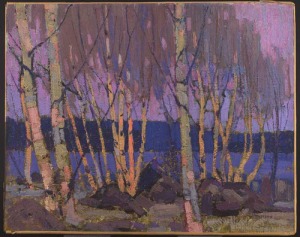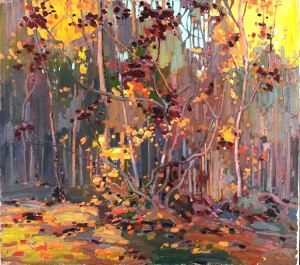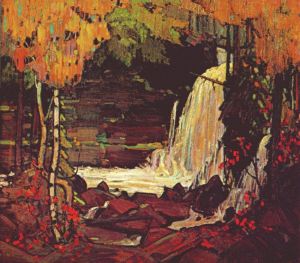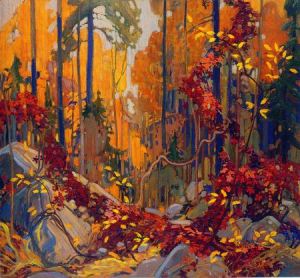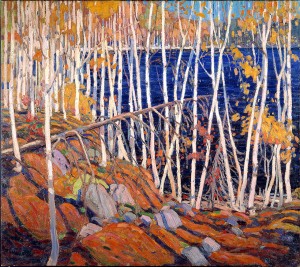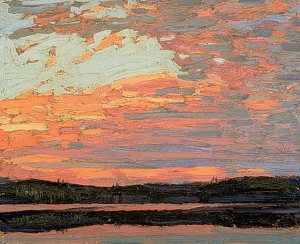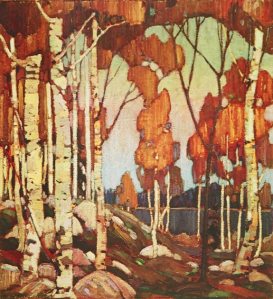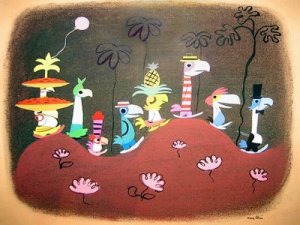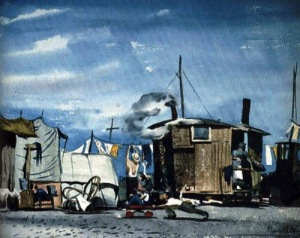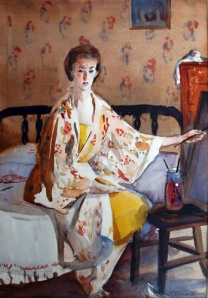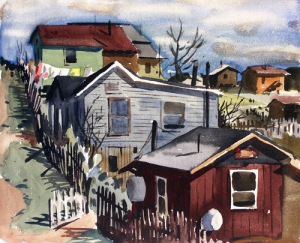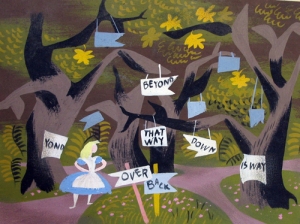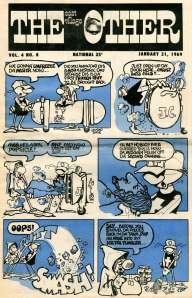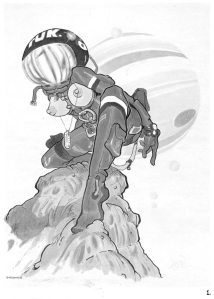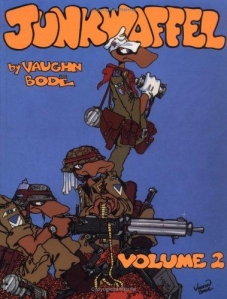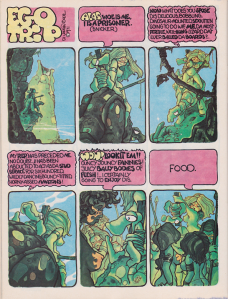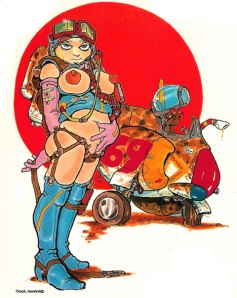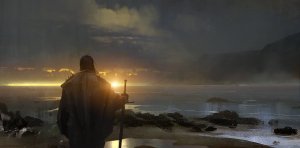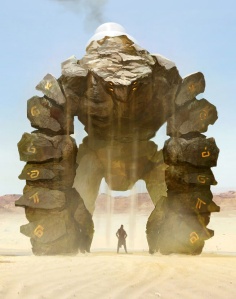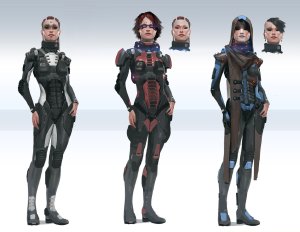Perhaps it is just the Norwegian air getting to me, but today we are featuring something fairly different. I heard about Dolk before, and then was reminded on my trip to Europe in 2011. Martin and I went to go visit his mother in Bergen, and it was there we saw his “Spray” piece in person. I really liked the subject matter, after my euphoria of thinking it was a Bansky wore off. The two are often confused, Banksy was a large inspiration for Dolk to begin stencil work, and they are both aware of it and have made several mock pieces to further this mayhem. I have featured his outdoor work here, because it is the one I identify with the most. The graphic flat shapes against the backdrop of the candid Norwegian mountains is something truly moving.
So, I took most of these images straight from Dolk’s website, but they were such wonderfully large, hi-res images I couldn’t resist.

